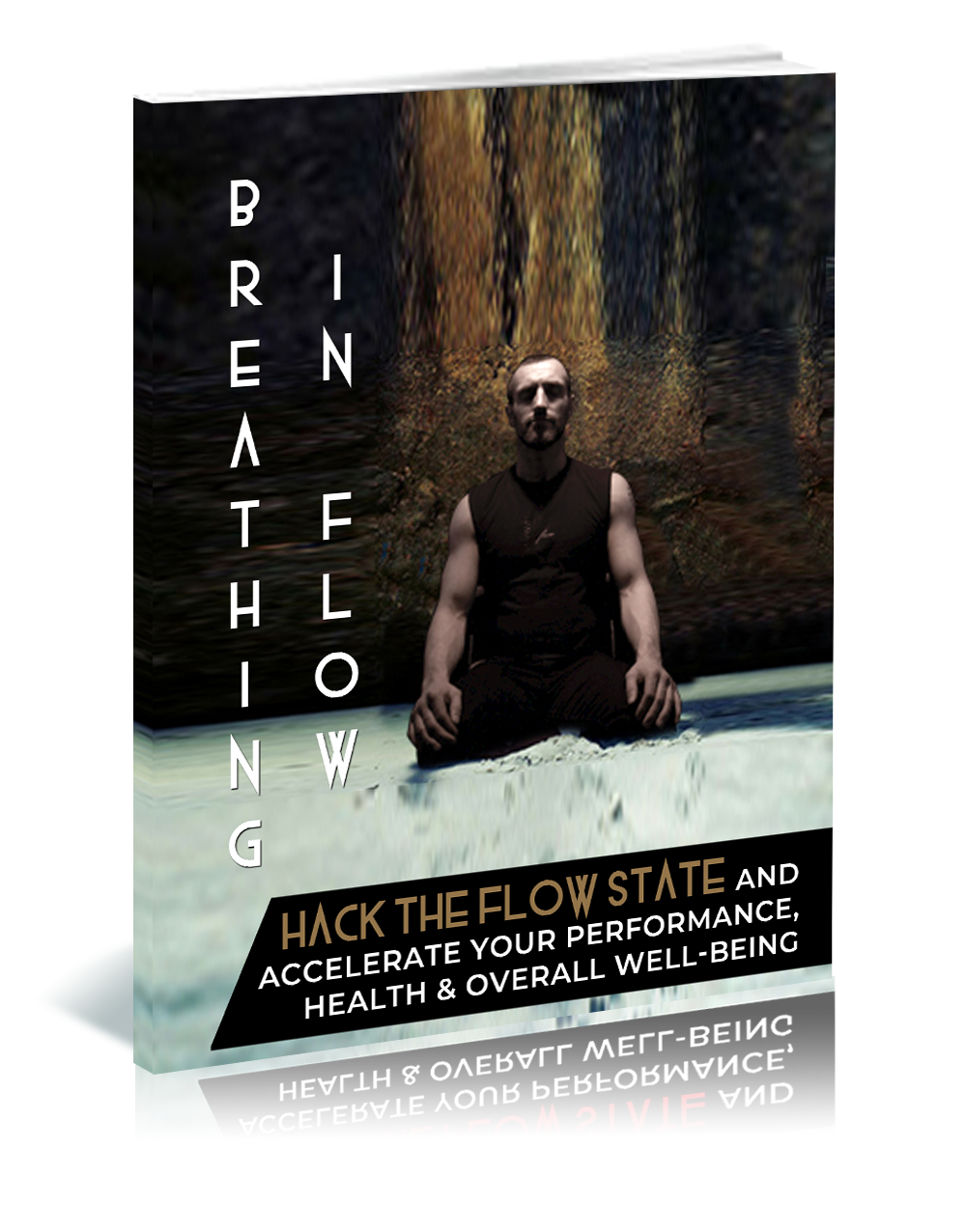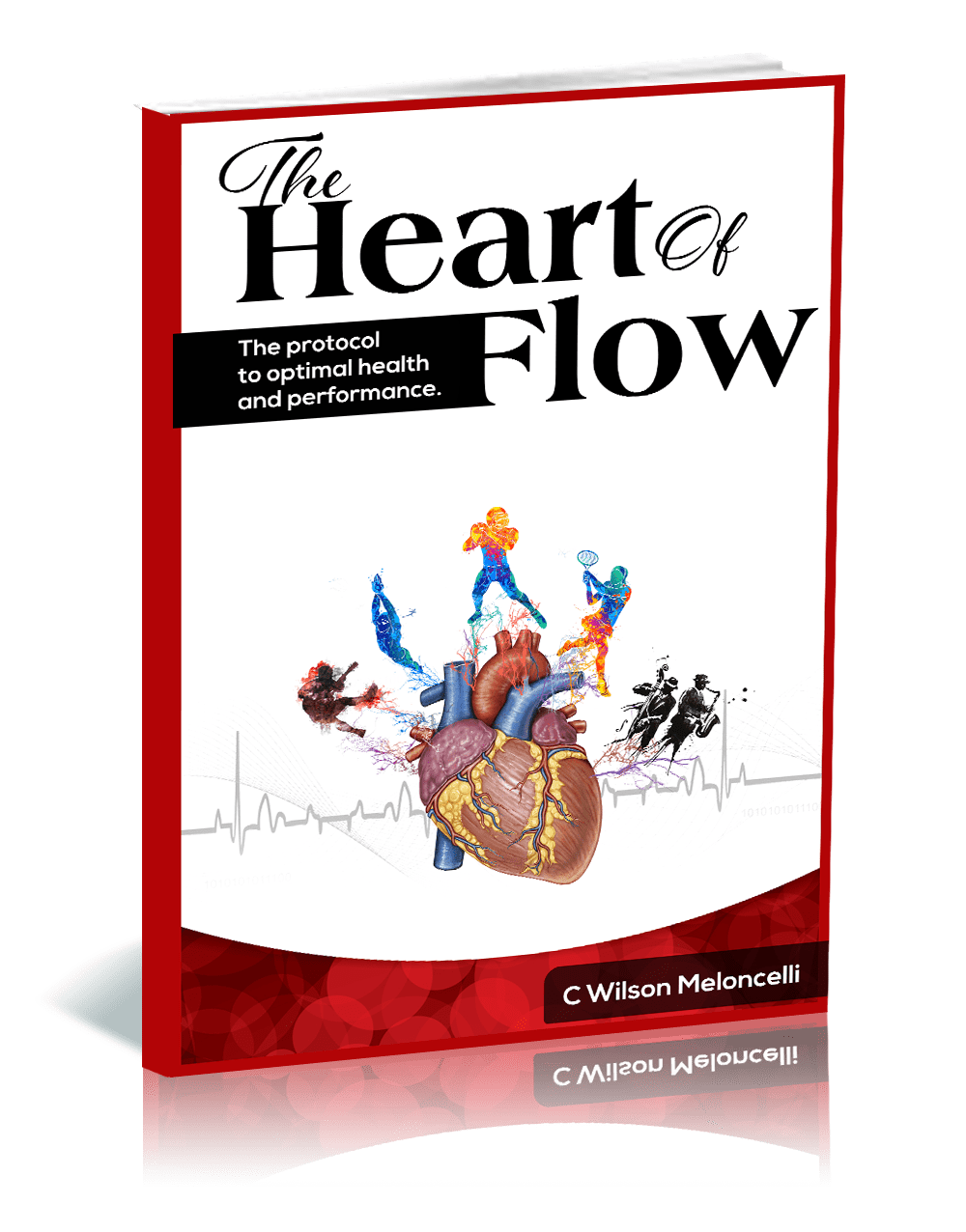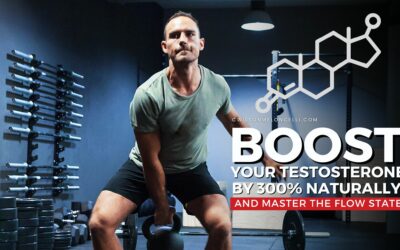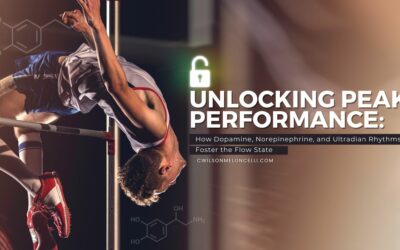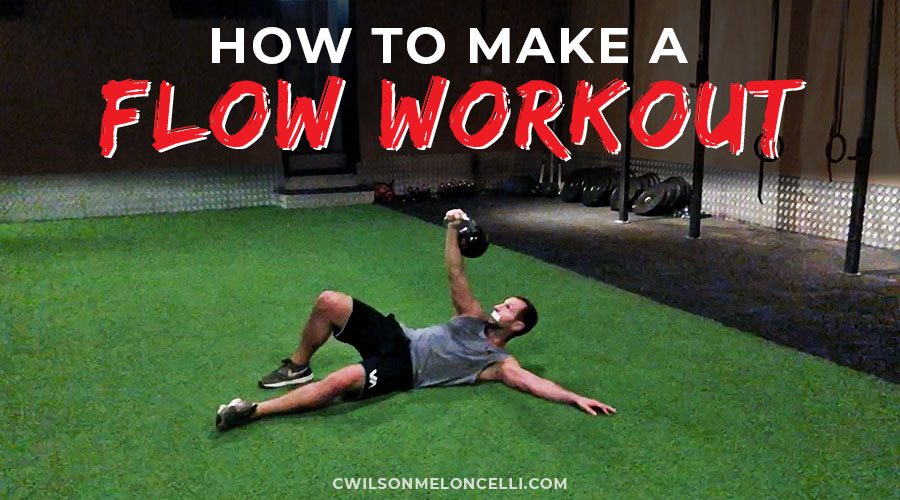
Today, I'm going to show you how to make a workout into a flow workout. I have created a lot of videos about the science behind the flow state which I highly recommend you check out on my youtube channel, but for now, I'm just going to teach you a little bit about what the flow is because that will help solidify our intention for this tutorial.
If you're not a fan of reading, watch the video below instead.
The flow state is basically where we feel at our best and perform at our best. Mihaly Csikszentmihalyi, a psychologist who is essentially the Marlon Brando of research into the flow state, created this graph to illustrate what the flow state is and what it feels like. It shows the skill and challenge involved in a task, as well as the anxiety and boredom. As Mihaly teaches, when you're in flow, there is a progressive balance between anxiety and boredom. How I like to see it is as a progressive balance between tension and relaxation – that feeling of being too hard or too relaxed. There's a progressive balance in that way you align with the activity you're undertaking. Achieving this balance is essentially flow, and that's what we're trying to get into.
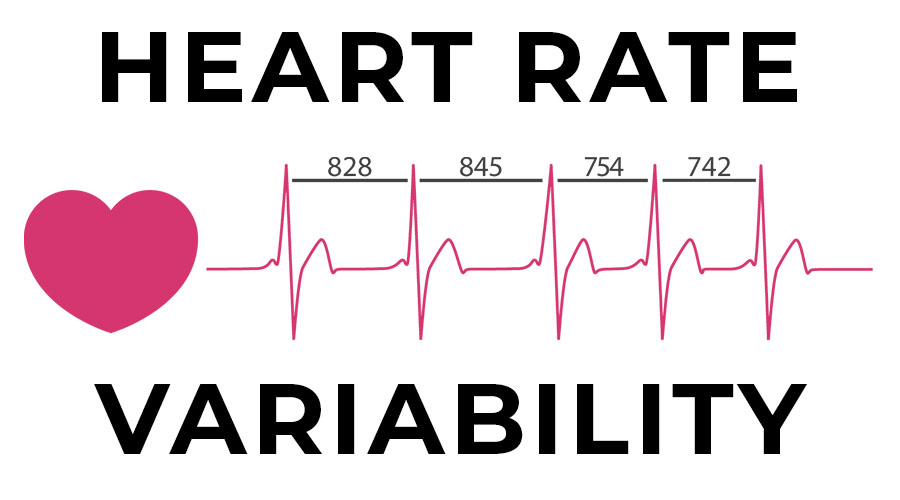
Now, to make a workout into a flow workout, we need to get into that state. So how do we do that? First thing is: if you're not already doing it, you want to be monitoring and tracking your heart rate variability. Why? Because heart rate variability links in with this graph. Let me explain further: you have what’s known as a sympathetic and a parasympathetic branch of your nervous system. In simple terms, this means your active and resting physical and mental responses, and when you're performing your skill, there's a coherence between those two. There's a push and a pull going on between your sympathetic and parasympathetic nervous system, and when you're in flow, this dance between systems is what keeps you either aroused and switched on, pushing towards the anxious end of the scale, or else calm and reflective, pushing towards the bored and too-relaxed end of the scale. Being in flow means balancing between these two.
When you monitor your heart rate variability, you can find out how you start your day. You might discover that you start your day already in a parasympathetic state, or you might start your day in a sympathetic state. Therefore, you need to adapt to your own situation and act according to how your personal heart rate variability works. This is important, and highly relevant to the workout I'm going to show you later on. You have to select the best workout for you according to your heart rate variability baseline. We'll talk more about that later on.
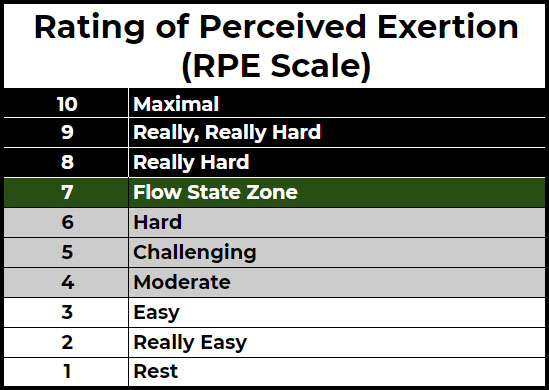
The next thing to look at is your rate of perceived exertion. In the fitness industry there's a way of measuring your output in activity, called the rate of perceived exertion. On a scale of 1 to 10, 1 means it's easy, so easy it's as if you're not doing anything, and 10 is so intense and crazy it’s like you're blowing a gasket. We don't want to be a 10 and we don't want to be a 1. Flow sits in a 7. Seven is a good number. Think of a 7 as that feeling where you are in a progressive balance of anxiety/boredom. In a 7, your tension/relaxation are balanced, your sympathetic nervous system is on and your parasympathetic nervous system is on. Seven is that control mechanism. When you're doing a workout in the gym or elsewhere, you are ideally maintaining a 7 throughout.
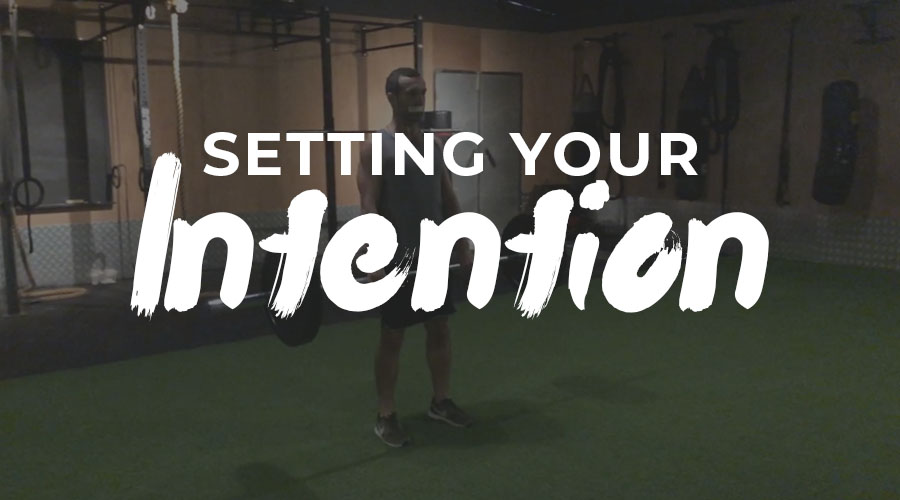
The third consideration for your flow workout is setting your intention. To set your intention you should refer back to the heart rate variability we covered earlier. Setting your intention means that when you are entering the gym, when you're literally walking into the gym to perform your workout, you need to make sure that your intention is to set flow. There is a trick to make that happen, and that is to build your familiarity towards that feeling of being in flow. That is really the key to it all – making sure you feel very familiar with how flow feels to you. When you're familiar with that feeling, you’ll be able to draw more flow into your life, into your skill, into your score – whatever your discipline may be. You need to build on that.
How do you do that? Every time you're about to do your workout, set that intention. There is a trick to that – a bit like a magic trick for setting your intention. You have to be in a relaxed state, so you're calm – calm enough to remember a time when you were previously in flow. Now think about the following: How did it feel? What were you doing? Maybe you were performing your sport, whatever it may be. If you were performing your sport, and you were in flow, and you're daydreaming about this, then you're actually accessing your subconscious mind. Your subconscious mind doesn't know the difference between what is real and what's imagined. When you're thinking about something, your body reacts as if it's happening, so you release the same neurotransmitters and hormones as if you're actually experiencing it. Note that this effect is not going to be as strong a dump of neurotransmitters as it would be if you were actually performing that task in real life, but you will still be working your subconscious. Your body will now receive that taste of what to expect, so you're really priming yourself to get into flow. Therefore, setting your intention is how you prime yourself to get into flow.
That's three steps so far, so let’s recap.
Firstly, you've got your heart rate variability, and what kind of workout you’re going to do depends on your heart rate variability baseline score.
Secondly, you're setting your intention, and you want to make sure you’re going to the gym setting your intention to be in flow through your workout.
The third step is to reach the ideal rate of perceived exertion, so you want to reach that 7 spot, and maintain it so you’re in flow throughout.
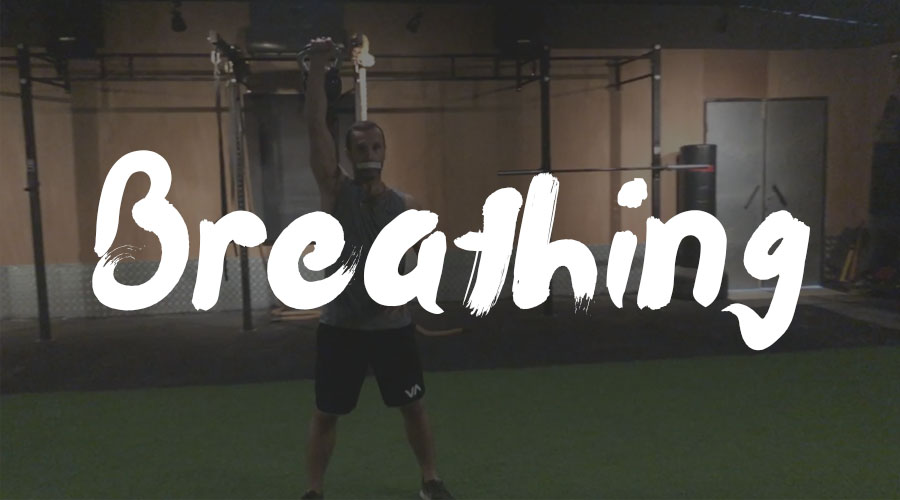
The last step is my favorite: breathing. Breathing is the key to it all. When you breathe in, it’s sympathetic. When you breathe out, it’s parasympathetic. Flow, as you know, lies in controlling that balance, and your strongest control mechanism is breathing. The best way of doing that is through nasal breathing. Nasal breathing forces you to release more nitric oxide into your system. It forces you to maintain a presence and awareness of your breath as the challenge of activity pushes you more. How do you best manage that? Well, the process you're going to see me do in the future is to tape up. When you're forced to breathe through your nose, you force your presence into your activity. You're forced to align to 7. Seven or die. You're forced to be in that state through breathing correctly and you allow the activity to push you there. Your main focal point will be to keep calm while pushing during the activity – whatever it is you’re going to do in the gym. Let's say for this example you're doing kettle bells – a kettle bell swing. The actual kettle bell swing is pushing you, but your job is to keep going, while keeping this parasympathetic thing going simultaneously. If you are maintaining your breath, you're maintaining that dance between the two.
The reason why I like these types of workouts is that the flow workouts really reflect life. They reflect the sort of ups and downs that entail living. Sometimes it's easy, sometimes it's difficult. The wave is of tension and relaxation coming and going, and it’s the best way for you to adapt – not only to life, but to the awareness of furthering yourself in a life of flow. Ideally you should train the way you want to live. If you want to be in flow, if you want to live in a life of flow, then you should train in a life of flow.
This here is how you train to be in flow. Monitor your heart rate variability. Set your intention. Perform your workout with the correct rate of perceived exertion. Breathe through your nose with your mouth taped up. Work on all four of these steps in turn and ultimately you’ll be able to make them part of not just your workout, but your way of life.
Thanks for taking the time to read this post.
Cheers,
Wilson


